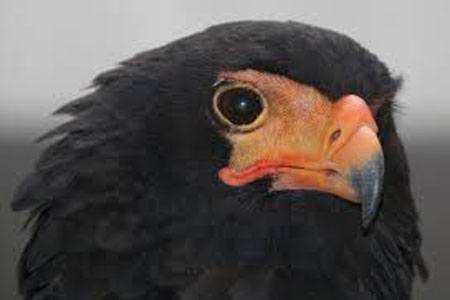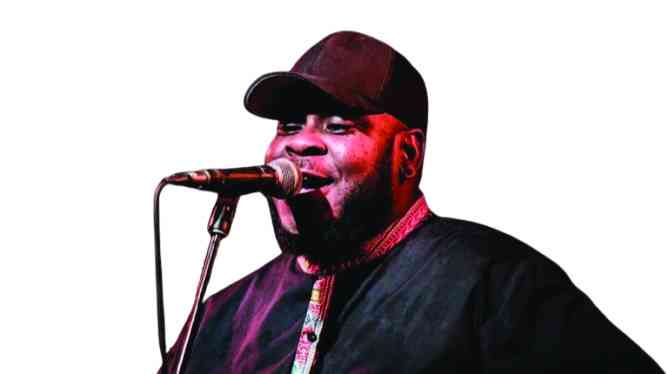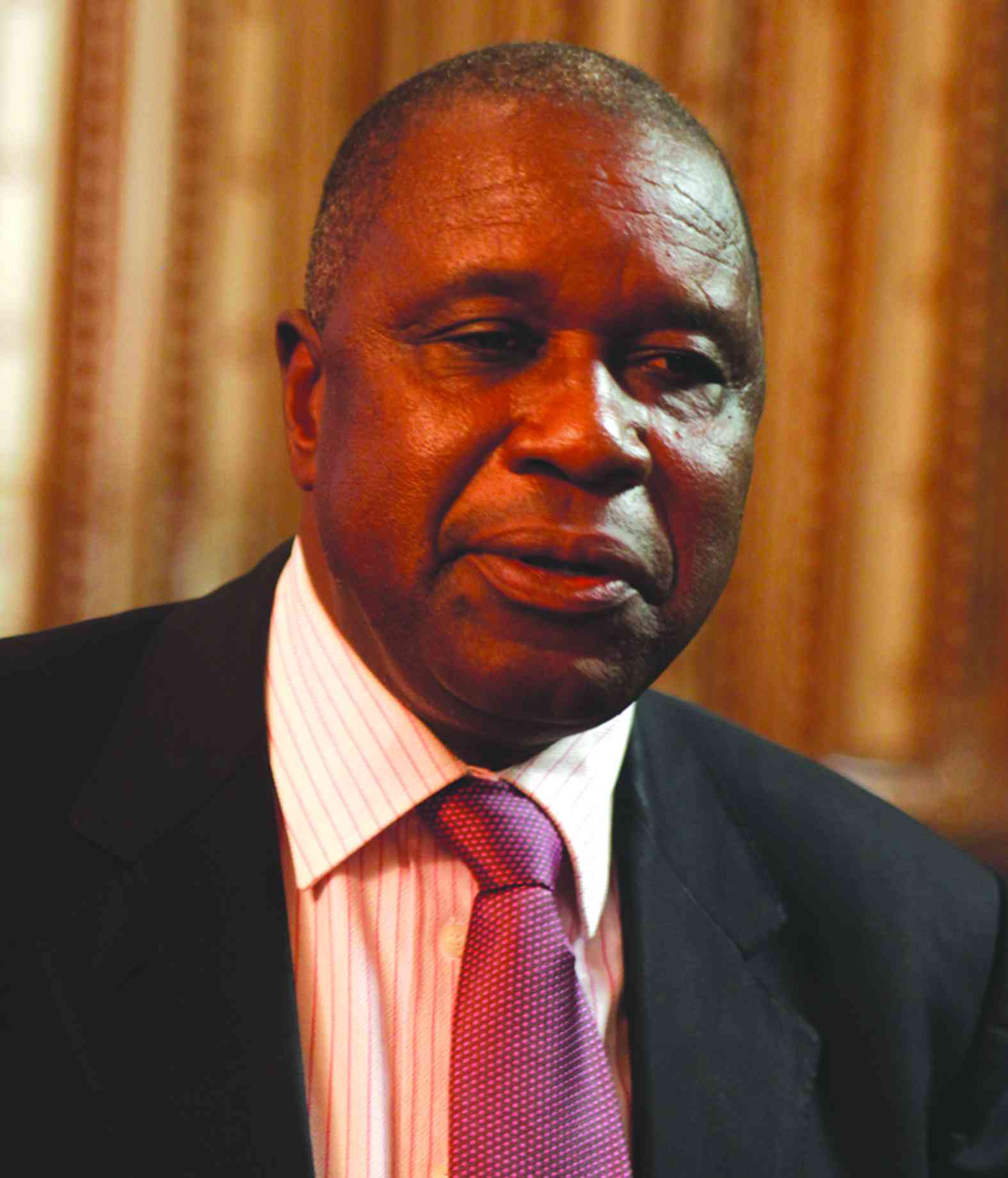
In deep-rooted Shona beliefs, the bird called chapungu (bateleur eagle) is a good omen, bringing protection and good fortune to a community.
REPORT BY GODWIN MUZARI
So scarce is the bird that the Shona have created a sarcastic simile likening stingy people to the bateleur eagle — anonyima sechapungu chisingadonhedze munhenga (he or she is stingy like the bateleur eagle that rarely drops feathers). The simile is premised on the scarcity of the bird, and consequently its feathers.
When founders of Chapungu Sculpture Park named the place after the bird, the connotative connection was to portray the park as an establishment that would bring good fortune to the country.
And indeed, it did. Most sculptors carved their skills from Chapungu. Through the assistance of Roy Guthrie who founded the gallery, the likes of Tapfuma Gutsa, Dominic Benhura, Richard Mteki, Stenford Derere and Colleen Madamombe found, not only fame, but also wings to fly to different parts of the country from Chapungu.
It is mainly for this reason that many local sculptors are still to come to terms with the liquidation of Chapungu Sculpture Park. Until its liquidation, pieces from renowned sculptors were still on display as the gallery’s permanent collection.
These pieces represent an important trail of the revolution of Zimbabwe’s stone sculpture.
Instead of being a bateleur eagle that brings good omen, Chapungu has been turned into a vulture that preys on death and destruction.
The permanent collection pieces will soon go under the hammer and leave Chapungu resembling a place of death — desolate and quiet — before it is turned into a different trade area.
The life-size sculptures that used to shine in the blistering sun that scorched the backs of their creators as they jovially carved new pieces will be no more — just like a place invaded by vultures.
To the current enterprising stone-carvers, the demise of the sculpture park does not only spell doom on the future of the arts industry, but also buries the immensely important historical significance of this establishment.
Sculpture, like mbira music and the jerusarema/mbende dance, is an indispensable global reflection of Zimbabwe’s cultural and artistic heritage.
At a recent meeting, the sculptors emotionally bemoaned the fall of a great giant in the history of sculpture and artistic creativity at large.
The Chapungu case is just an example of the bad omen that has befallen the once vibrant sculpture terrain.
Everywhere around the country, galleries are folding and sculptors have begun cursing their art. The roadside sculpture activity that used to be part of major highways is slowly disappearing and stone-carvers are retreating into their shells.
Because of the slump in tourism over the last decade, sculptors are now gradually losing their strength to soldier on because the local market is no longer lucrative.
Some have turned to barter trade, exchanging the labour and time invested in shaping creative pieces from hard stones, with clothes and food.
The picture at Tengenenge in Guruve and its surrounding small galleries is sombre. The clattering sound of hammer and chisel that used to echo in the Guruve mountains is now fading. Poverty is pushing these sculptors to dump the hammers and chisels.
Even city galleries that used to be packed as buyers and sculpture followers shared their love for stone pieces are yawning.
Very soon, the best sculpture pieces that used to be found in the country will only be available in foreign galleries. There is no inspiration for young artists to pursue sculpture. Only those pieces, done by inspired big artists and sold outside the country, will remain in the end.










